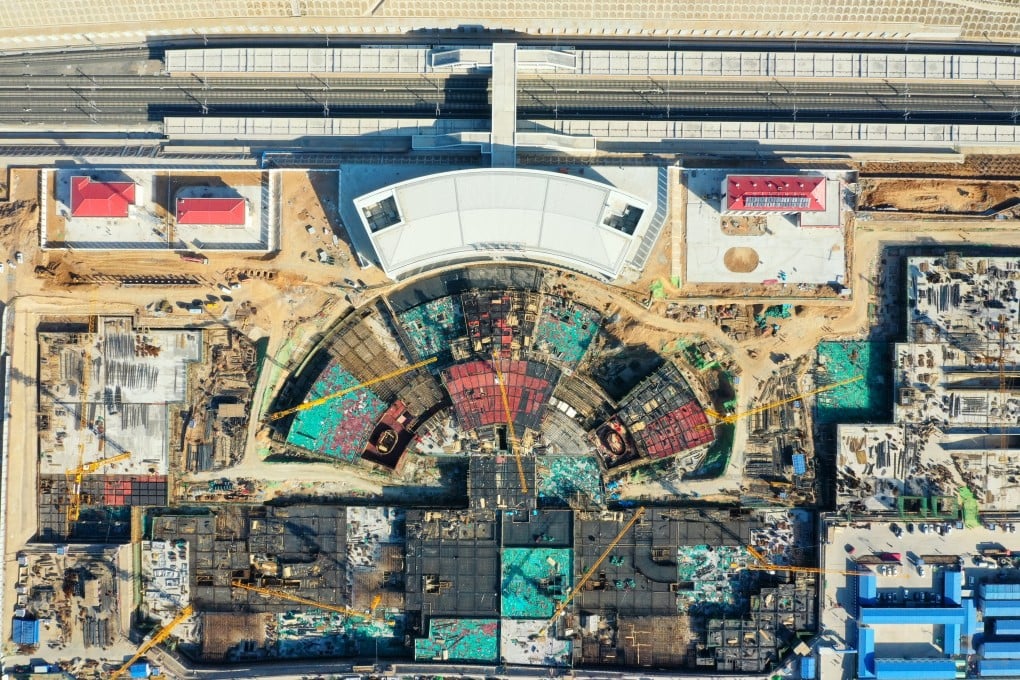How high-speed rail has made China a fierce competitor in the global economy
- The launch later this month of the high-speed rail link between Beijing and Zhangjiakou – the route of China’s first indigenously built railway 110 years ago – brings home the key role fast trains have played, and will continue to play, in the country’s development of mega regions like the Greater Bay Area

Japan’s Shinkansen, or bullet train, also began operation ahead of the Olympics, in Tokyo, in 1964. The Beijing-Zhangjiakou high-speed connection, which will start operating well ahead of 2022, is rich with historical significance.
The first commercial railway in China was built by Jardine Matheson in Shanghai in 1876, only for the unauthorised project to be dismantled the following year. China’s initial rail network, largely foreign-financed, built and operated, rapidly expanded as the Qing government was compelled by foreign powers to grant them railway concessions with associated settlement and mining rights.
The original Imperial Peking-Kalgan (Beijing to Zhangjiakou) railway, built by Yale-trained Zhan Tianyou (known then as Jeme Tien-Yow), was the first major passenger railway financed and built by the Chinese themselves.
When the Peking-Kalgan railway was completed, the US had the largest rail network in the world. But rail in America has been relegated largely to freight transport. Meanwhile, though European countries remain key players in the use of high-speed trains (after learning from Japan), the centre for such trains, in both technology and operations, has shifted to East Asia.
During Japan’s economic take-off, its leaders wisely decided not to follow the US’ auto- and plane-dominated passenger transport network. They opted instead to focus on an option more suited to its high population density, heralding Asia’s era of high-speed trains.
